Talk Overview
Antibiotic resistance is a growing problem worldwide. To address this problem, Dr. Eriko Takano and her colleagues are generating methods for the development of new antibiotics using a synthetic biology approach. By performing genome analysis on many microbes, they can identify genes encoding novel biosynthesis pathways that may produce antibiotics. These gene clusters can be transferred to pre-engineered bacterial hosts to optimize the development of new antibiotics. Takano’s lab has developed software systems to search for gene clusters, as well as to model, analyze, optimize and debug antibiotic production.
Speaker Bio
Eriko Takano
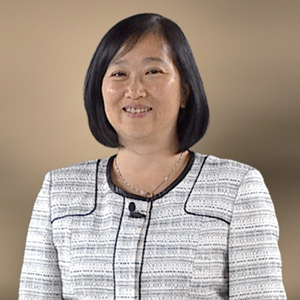
Eriko Takano is a Professor at the University of Manchester, where she is Co-Director of the Manchester Synthetic Biology Research Centre SYNBIOCHEM. Takano studied pharmacy at Kitasato University in Tokyo before moving to the UK where she receiving her PhD in the School of Biological Sciences at the University of East Anglia and the John Innes… Continue Reading
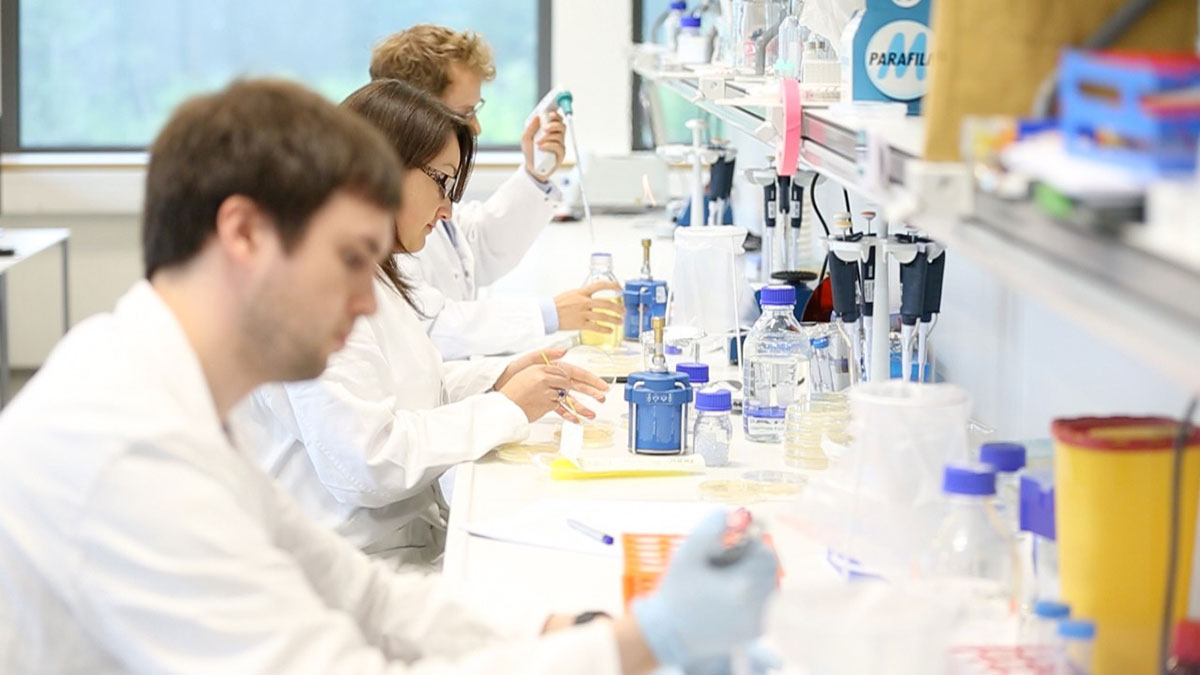
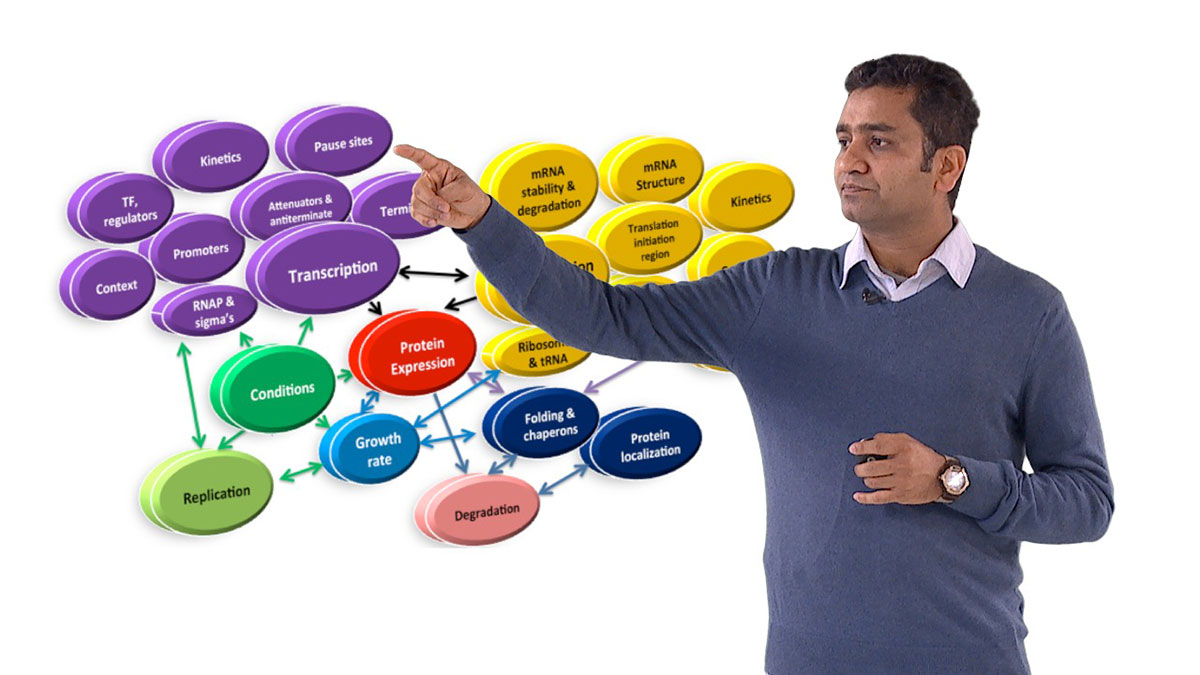
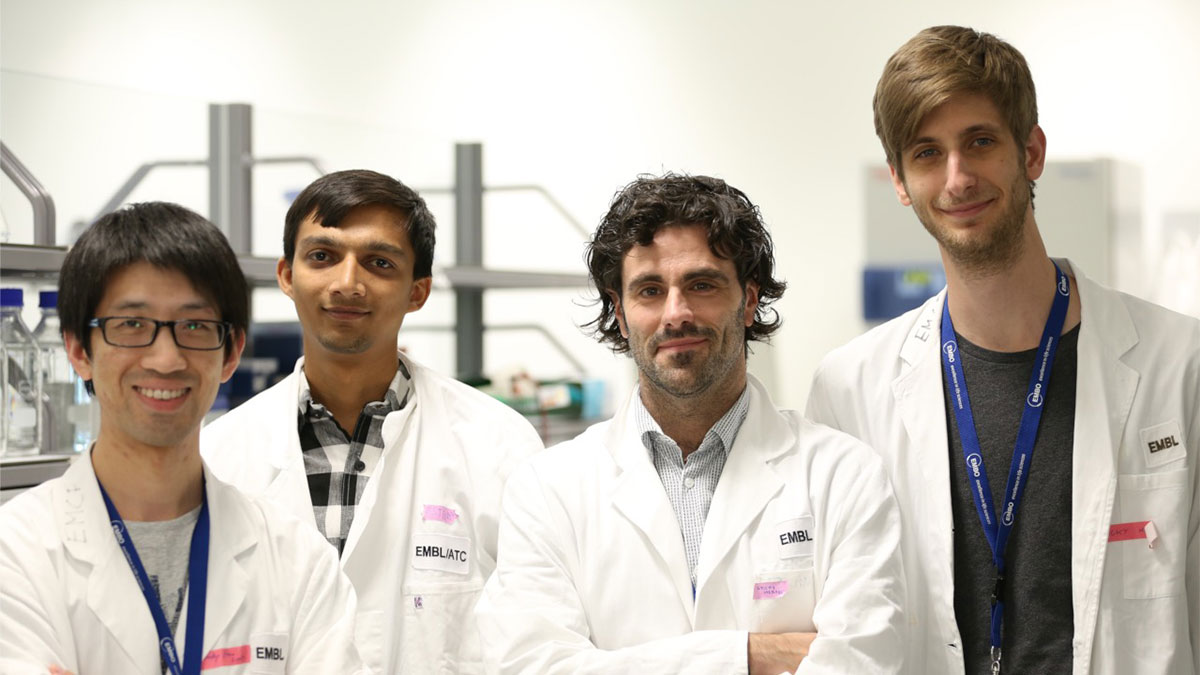
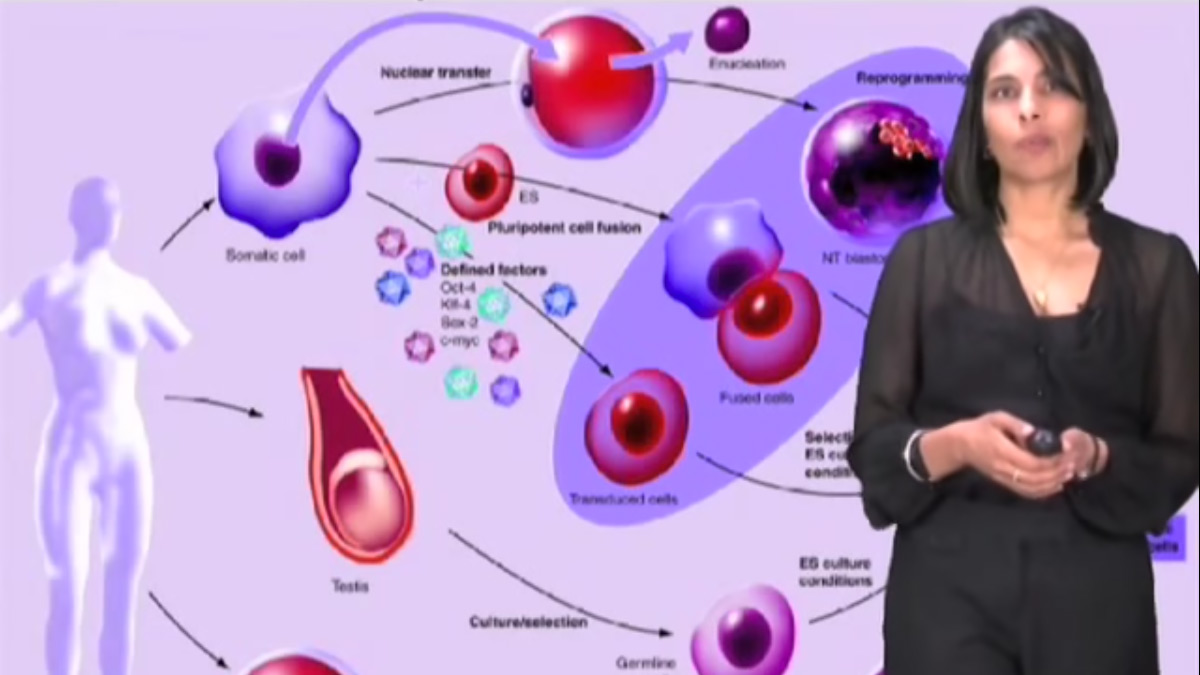
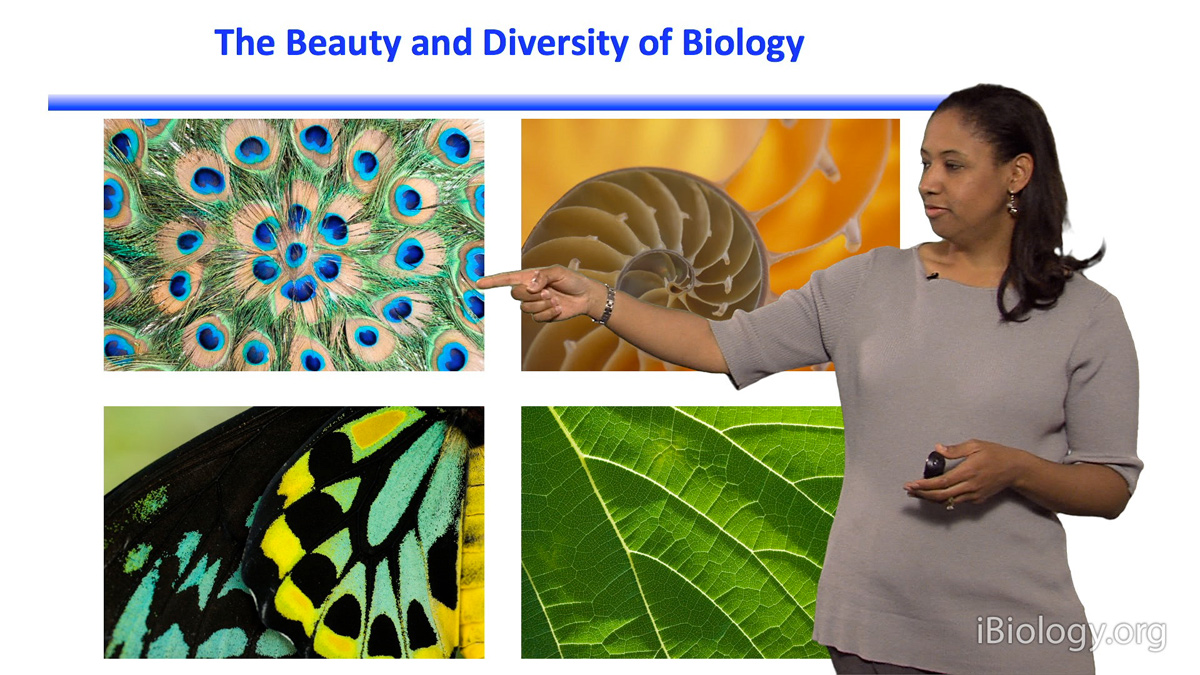
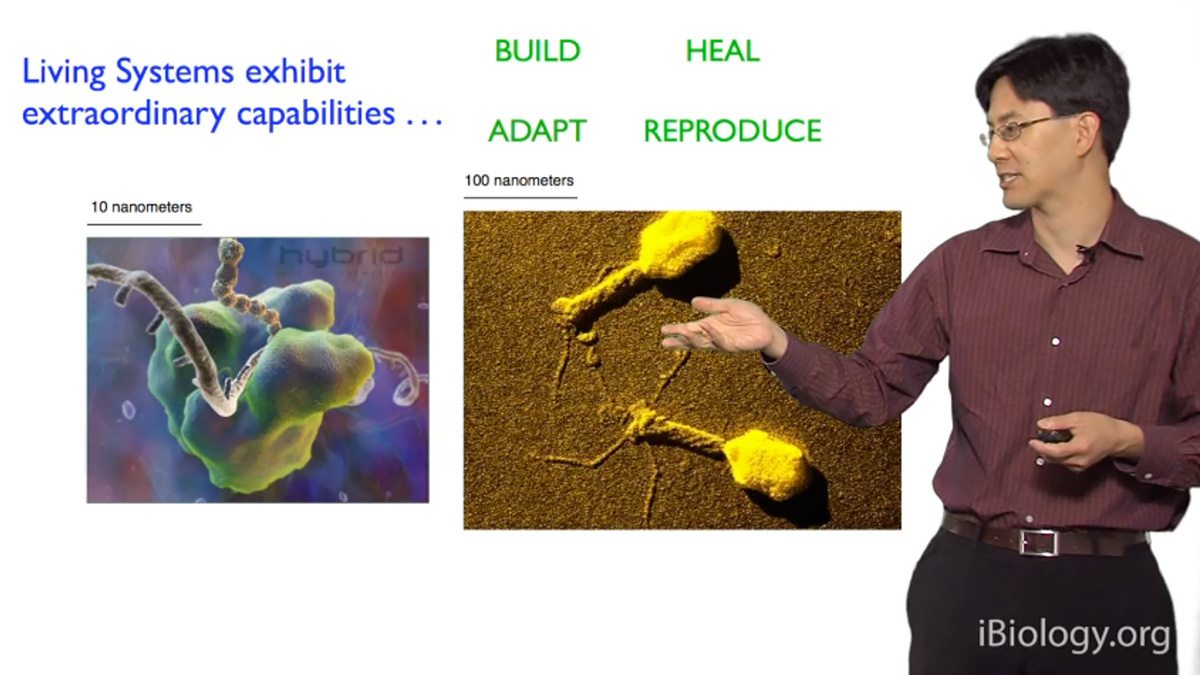





Leave a Reply